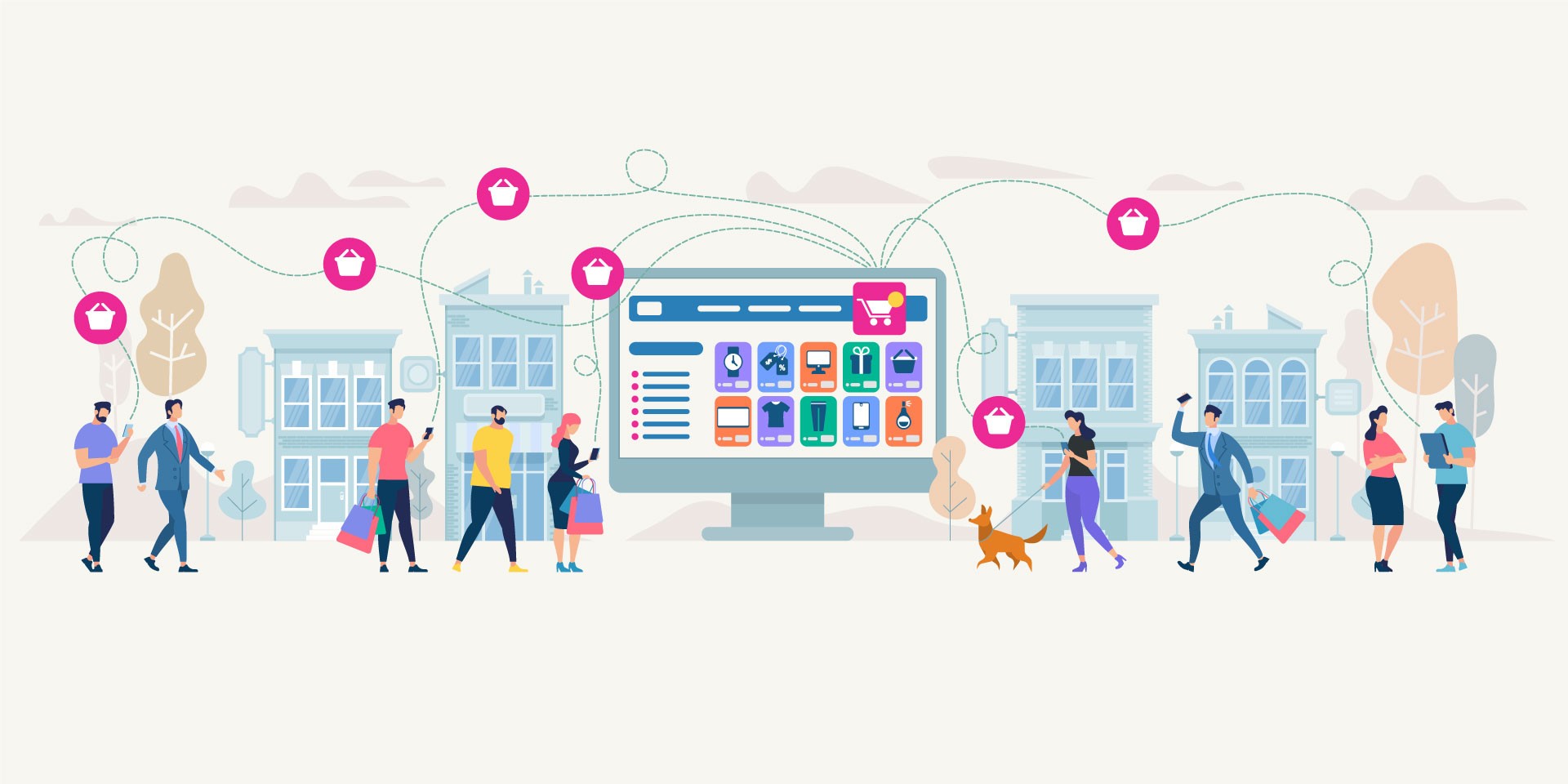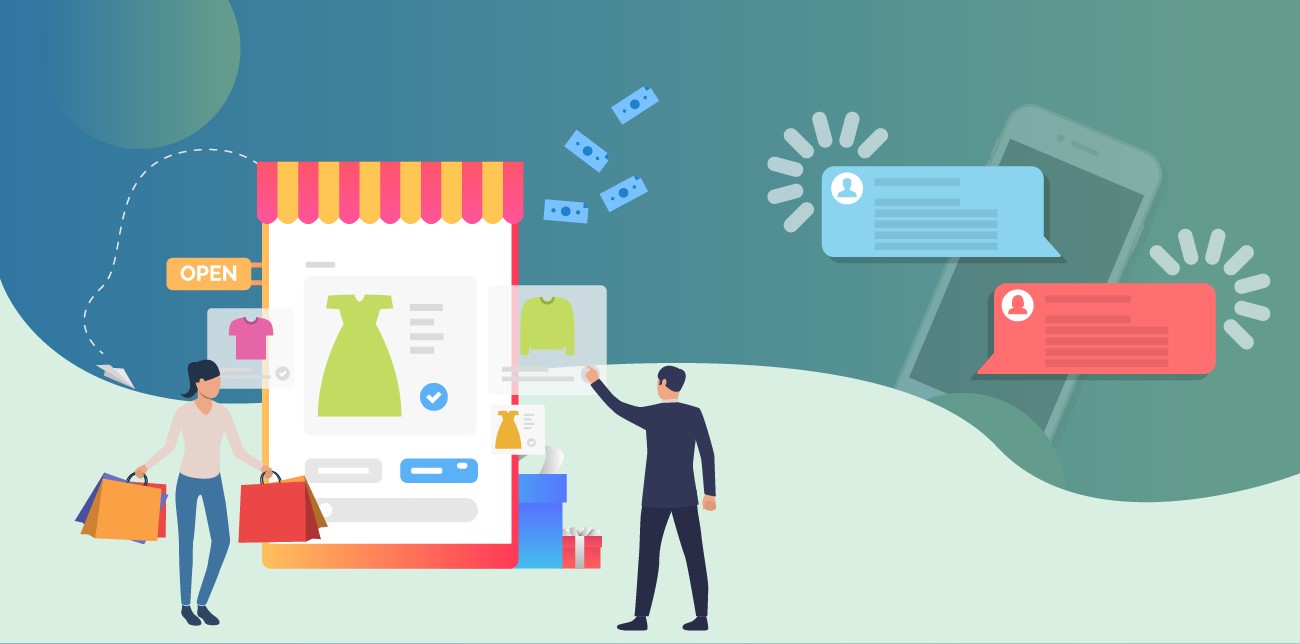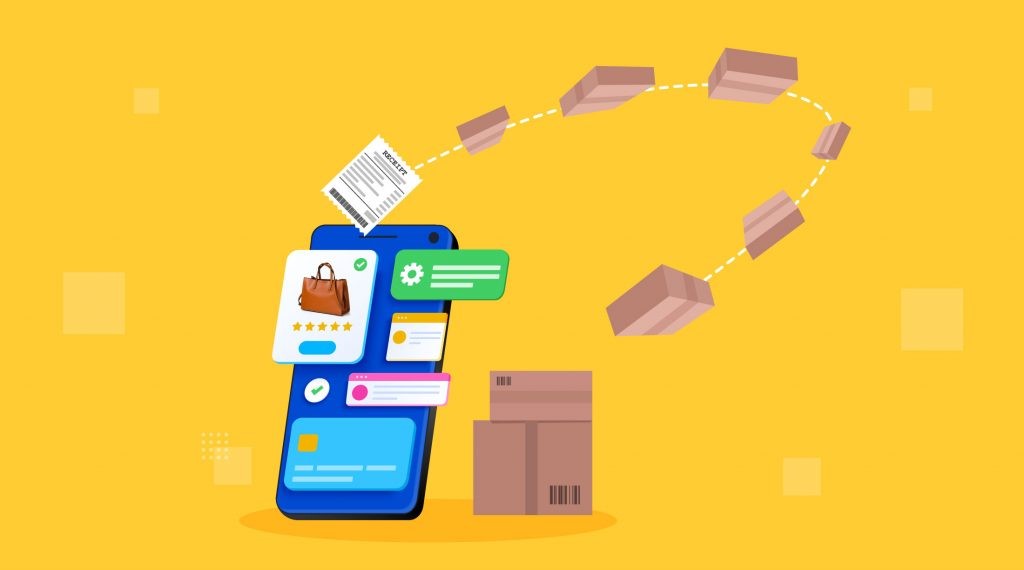The e-commerce industry is one of the defining aspects of the digital era and of modern convenience. To be a success in the commercial market nowadays requires understanding e-commerce. In this article, we’ll help give you that crucial understanding.
What is e-commerce?
E-commerce refers to all business conducted over the internet; the buying and selling of products and services over the internet which also includes data and financial transfers that complete the process. You would most probably find yourself being in business and achieving your entrepreneurial dreams through e-commerce and being a seller.
Types of e-commerce models
But the term e-commerce is also a field that has multiple varying types.
1. Business to Business (B2B)
A company’s products or services are aimed at other businesses. Usually the products and services, like software or consulting are supportive services to the functions of the purchasing company.
2. Business to Customer (B2C)
The most common business model. This is you as the seller/business owner selling your products directly to the consumer. Commonly done through your virtual store or website.
3. Business to Government (B2G)
Your goods and services are specialized for government contracts through agencies and administrations. You would have to meet government requirements and specific criteria, solicit bids, or even participate in joint government endeavors.
4. Customer to Customer (C2C)
Through digital marketplaces, consumers can also do business with other consumers. Think platforms like eBay, Etsy, Craigslist, Amazon Marketplace, Ali Express, etc.
5. Customer to Business (C2B)
As the name suggests, this is the opposite of B2C, whereby consumers make their products/services accessible for businesses to purchase or bid on. Online platforms allow consumers to engage with companies and offer their services related to short-term contracts, gigs, or freelance opportunities.
6. Customer to Government (C2G)
Referring to transactions conducted online between consumers and public administration or government bodies. A rarer e-commerce form and less traditional. Governments rarely buy from private individuals but it does happen.
The benefits of e-commerce

E-commerce has taken its place alongside traditional commerce as the mainstream because of the benefits that it provides society. These include:
1. Global marketplace
The fact that business is done through the internet, it automatically opens up your business for potential international sales. No more geographical restrictions. You can easily sell to anyone in the world.
2. Convenience
Buying and selling online is faster and easier. E-commerce is available 24/7. Customers can shop, browse and visit your online store any time of the day and any time of the week.
3. Availability
E-commerce enables brands to make a wide array of products available, which are then shipped from warehouses after a purchase is made (that is if you even need inventory). Customers will also likely have more success finding what they want.
4. Easier to retarget customers
It’s easy to get customers’ attention with placed advertising, directed marketing campaigns, or pop-ups specifically aimed to get them buying again and buying more. This way you can keep customers loyal for longer.
5. Effective marketing
Data and customer info are part and parcel of e-commerce. Using these resources, you’re able to present personalized product recommendations and obtain insights about target markets, which make for more efficient and effective marketing strategies.
6. Lower costs
Pure play e-commerce businesses avoid the costs of running physical stores, such as rent, inventory and cashiers. Although you may have expenses to pay for being online, they’re way less than the traditional costs.
Examples of e-commerce

An e-commerce business can take many different forms.
1. Retail
Selling goods to consumers is the most popular and obvious form of e-commerce. Most people who engage in e-commerce participate in the retail side. You sell things directly to the consumers and send them the item through packaging, with the packing slip.
2. Digital products
E-commerce has also exclusively allowed the purchasing and selling of downloadable and non-tangible products. Documents, software, templates, courses, e-books, or media are all possible due to the online nature of e-commerce.
3. Physical products
Of course, traditional physical products are also available through e-commerce trading. Buying and selling them now include shipping costs and other payment processes that have replaced physical interactions.
4. Wholesale
A more capital-intensive approach. You have to maintain a large inventory, warehouse space, shipping info and tracking customer orders. You would typically sell products in bulk to retailers.
5. Dropshipping
You don’t maintain inventory. You act as the middleman between buyers and suppliers. Only when customers put in an order, do you then really that order to your supplier, who then ships it to the customer. You get a cut from the sale made.
6. Crowdfunding
Crowdfunding allows sellers to raise startup capital in order to market their product/services. When enough consumers have purchased the item, it’s then created and shipped.
7. Subscription
Brands can leverage repeating orders and loyal customers by implementing subscription services. For a fixed price, the buyer places an order once and the company assembles a package of regular or new products and ships them to the consumer on regular basis (usually monthly).
8. Services
Monetizing your skills and expertise is also a popular form of e-commerce trading. These are skills like coaching, writing, influencer marketing, consulting, designing, etc., that are purchased and paid for online.
Realize your e-commerce aspirations
E-commerce doesn’t have to be a full-time gig. It can also be one of many side hustles you can do to generate some extra income for yourself. You can start your e-commerce empire, not just through online digital marketplaces, but also through social media like WhatsApp. And even better, why not gain access to both and gain the best of both worlds? Come trade with us at Yezza! Upload unlimited products and sell as you sleep!





Leave a Comment